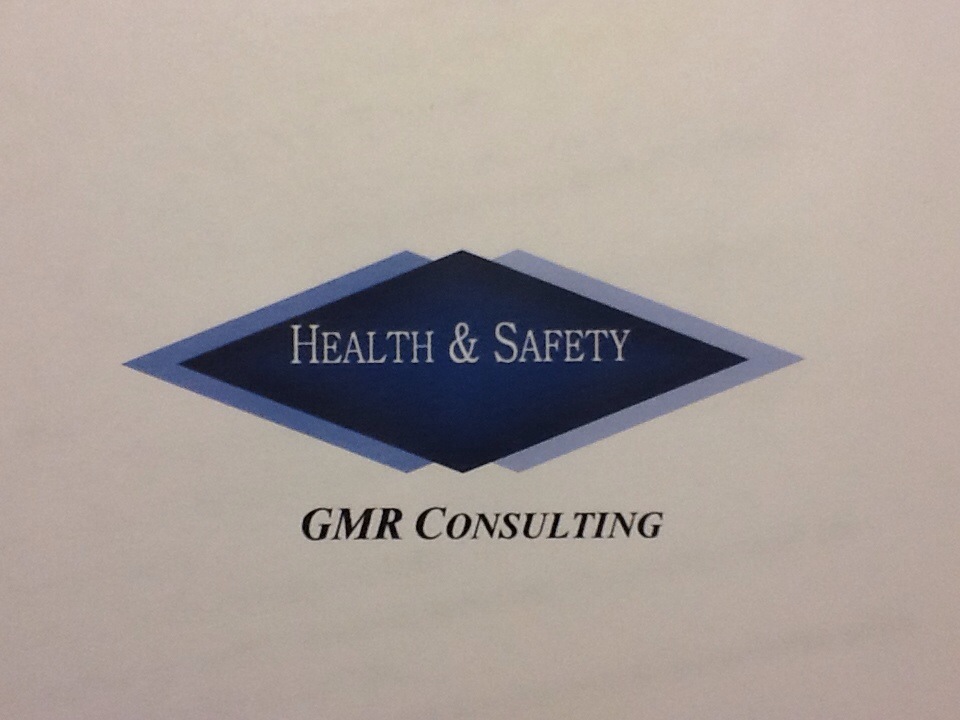Information
-
Document No.
-
Client / Site
-
Location of Assessment
-
Task Description
-
Conducted on
-
Prepared by
-
Personnel consulted. Name and Position
-
INSTRUCTIONS.
Complete "Description" including any current controls. e.g Sling and hoist.
Complete "Section 1- Direct Risk Factors". Each question in this section has guidance information to help you answer. Add any description, photos, details and measurements in to "Comments" to support your decision. If you cannot agree on the outcome, contact your WHS Consultant.
Complete "Conclusion" to identify if a HMT risk.
Complete "Section 2- Contributory Risk Factors" to assist you in identifying what to include in the "Action Plan".
Complete the "Action Plan" and attach to the hazard / incident form.
DESCRIPTION- Current controls in place.....
-
Handling equipment
-
Skills training
-
Safe Work Method Statement
-
Other
-
Describe:
Section 1 - DIRECT RISK FACTORS
-
1. Does the task involve awkward postures/movements and/or forces that are repetitive or sustained? (Sustained = >30 sec. Repetitive = >twice/min )<br>
-
Awkward Postures
-
Back/neck: leaning forward, backward, sideways or twisting more than 20 degrees.
-
Arms/shoulders: reaching or raising arms above shoulder height away from or behind the body.
-
Hands/wrists: bending the wrist awkwardly, wringing, grabbing, and twisting hands.
-
Comments:
-
Awkward Movements
-
Lifting, lowering, carrying, pushing, pulling, dragging, squatting, kneeling, crawling, lying, semi-lying or jumping with a load.
-
One sided movements e.g carrying or exerting a force on one side of the body only.
-
Doing the task with speed resulting in awkward movement.
-
Comments:
-
Awkward Forces
-
Holding, supporting, and restraining any object, person, tool or animal.
-
Applying a force in an awkward posture.
-
Applying a force through hands in an awkward position e.g. Fingers pinched together ( small item ) or very large grip ( big item ).
-
Comments:
-
2. Does the task involve long duration?
-
Is the task done for a long time?
-
A total of 2 or more hours over a whole shift.
-
Continually for more than 60 minutes at a time.
-
Comments:
-
3. Does the task involve high force?
-
High Force is any force that the average person within the specific working population would find difficult.
The way people perform the task can indicate if it is a high force! -
Use two hands to operate equipment designed for one.
-
Two or more people handle the load.
-
The task is done for short periods due to the effort involved.
-
"Strong" workers are assigned to do the task.
-
Object is hard to get moving, lifted or stopped.
-
Comments, including any other indications of "High Force".
-
Did you respond "yes" for only question 1 OR question 2
-
The task is not a risk...Monitor and review if required.
-
What is the force applied? (Weight )
-
Remember.....
Large/multiple muscles/joints vs Smaller/specific parts of the body. The first can exert more force safely. e.g. Lifting/ lowering/ carrying/ pushing vs small muscles of the hand when pinching something tightly.
Using one side vs two e.g one sided carrying.
Sudden jerky forces are often very high force applied away from the body including below knee heights above shoulder height and are greater risk. -
How far away from the body is the load handled?
CONCLUSION
-
Did you respond "yes" for question 1, AND question 2 or question 3.
-
This identified Hazardous Manual Task IS A RISK!
Complete Section 2 to identify any contributory risk factors to assist in developing an action plan.
SECTION 2 - Contributory Risk Factors
SECTION 2 - CONTRIBUTORY RISK FACTORS Identify any contributory risk factors
-
Are tools or equipment contributory risk factors?<br>Refer to the prompts below....
-
Inadequate or insufficient equipment. e.g Client handling aids, trolleys.
-
Workers not skilled in using equipment.
-
Equipment not in good working order.
-
Equipment is not suitable for task/ client/ work layout. e.g Fits doors
-
Castors do not work well.
-
Inappropriate furniture and fittings. e.g Fixed beds
-
Comments:
-
Is the work environment a contributing risk factor?<br>Refer to the prompts below.....
-
Hot, cold, windy, humid or poor lighting increases risk of slip/ dropping load.
-
Hot, cold temperature increases physical demand.
-
Stairs, clutter, narrow corridors, carpets on floor, changes of level, steel ramps, narrow doors make using equipment difficult.
-
Height of benches, work areas ...do not support good working postures.
-
Layout cause double handling.
-
Comments:
-
Is work organisation a contributing risk factor?<br>Refer to the prompts below....
-
Rostering e.g inadequate staff numbers, unsuitable teaming
-
Work rate not under worker's control.
-
Systems of work encourage skipping of breaks.
-
Sudden increases in workload that are not managed.
-
Work level difficult to maintain due to fatigue.
-
High level of attention results in fatigue.
-
Frequent tight deadlines.
-
Conflicting demands
-
Individual fatigue e.g shift work, multiple jobs.
-
Inexperienced worker not suitably supervised.
-
Worker unfamiliar with client / equipment.
-
Worker has existing physical condition that increased risk.
-
Worker not skilled in communicating with type of client e.g dementia.
-
Comments:
-
Are load or client characteristics a contributing risk factor?<br>Refer to the prompts below....
-
Size, shape of load.
-
Poor grip.
-
Load moves suddenly.
-
Client has no ability to assist due to physical or cognitive limitations.
-
Behavioral/cognitive factors e.g resistive, uncooperative, unpredictable,difficult communicating.
-
Physical factors e.g bariatric or large, rigid, contract urges, fragile, high falls risk (FRAT), poor postural awareness ( e.g slips in chairs)
-
Clinical factors e.g pain, IV catheter, flaccid arm.
-
Comments:
-
Are work practices / systems a contributing risk factor?<br>Refer to the prompts below.....
-
Client transfer techniques are not low risk (measured against the BCS client transfer guide.
-
Workplace culture does not support safe handling e.g peers/supervisors encourage poor work practices.
-
Poor design of work procedures.
-
Poor communication of up to date changes in client transfers, equipment use or safe work instructions.
-
Inadequate supervision for skill level.
-
Comments:
-
Is vibration a contributing risk factor?<br>Refer to prompts below.....
-
Whole body vibration e.g vehicle on rough roads.
-
Hand / arm vibration e.g jackhammer
-
Comments:
-
Describe any actions (controls) already trialled and non-effective(e.g alternate slings)
Action plans
ACTION PLAN- attach this risk factor checklist to your completed BCS incident/hazard report form.
-
Add Agreed Short Term Action (Control)
Action
-
Action
-
Person Responsible
-
Due date
-
Review date
-
Add Agreed Short Term Action (Control)
Action
-
Select date
-
Action
-
Person Responsible
-
Due date
-
Review date
-
Add Agreed Short Term Action (Control)
Action
-
Action
-
Person Responsible
-
Due date
-
Review date
-
Long Term Actions
-
Add Agreed Long Term Actions (Controls)
Action
-
Action
-
Person Responsible
-
Due date
-
Review date
-
Add Agreed Long Term Actions ( Controls)
Action
-
Action
-
Person Responsible
-
Due date
-
Review Date


















